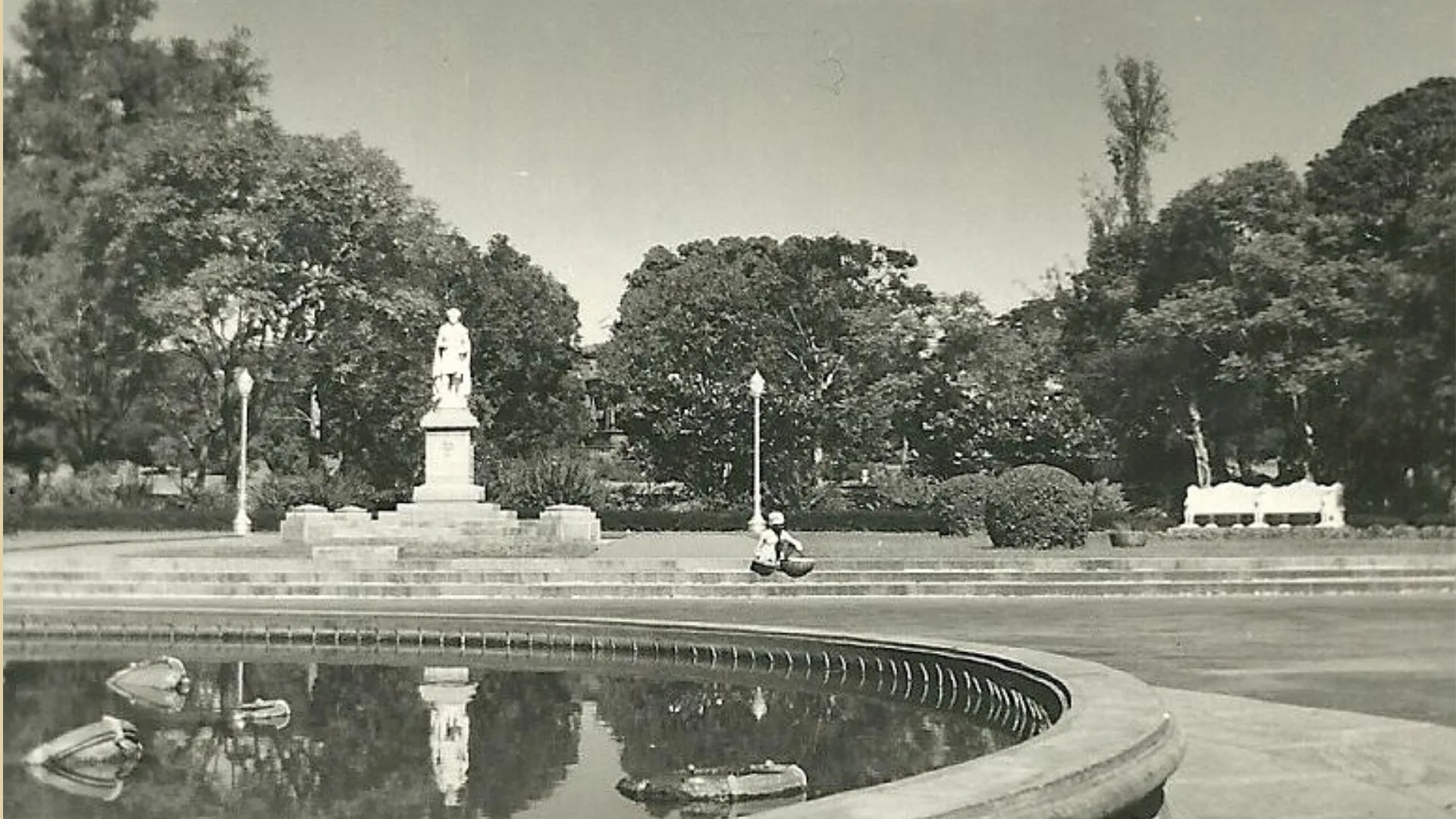The recent demolition of a portion of a heritage building in Bangalore has sparked outrage among conservationists, historians, and citizens alike. The 150-year-old building, known for its architectural significance and cultural value, saw a section of its structure being bulldozed, allegedly due to the negligence and apathy of local government authorities.
The structure, located in the bustling heart of the city, was an emblem of Bangalore’s rich historical tapestry. Constructed during the British colonial era, it stood as a testament to the city’s colonial past and was a popular landmark for both locals and tourists. Despite its historical significance, it was never officially listed as a protected monument, leaving it vulnerable to the whims of development and administrative decisions.
The demolition occurred late last week when a portion of the building was brought down to make way for a new commercial complex. The action was reportedly sanctioned by municipal authorities without proper consultation with heritage conservation experts or the public. According to witnesses, the demolition was carried out hastily, with minimal regard for the building’s structural integrity or historical importance.
“We watched in horror as bulldozers tore through the walls of the building,” said Ramesh Kumar, a local resident and history enthusiast. “It felt like a piece of our city’s soul was being destroyed right before our eyes.”-
The local government has faced severe backlash for its role in the demolition. Officials from the Bangalore Municipal Corporation (BMC) have been accused of neglecting their duty to preserve the city’s heritage. In response to the criticism, the BMC issued a statement claiming that the demolition was necessary due to safety concerns and the need for urban development.
“The building was in a dilapidated state and posed a risk to public safety,” said a BMC spokesperson. “We made the decision to demolish the unstable section to prevent any potential hazards.”-
However, this explanation has done little to quell public anger. Critics argue that the government’s failure to maintain and restore the building over the years led to its deterioration. They contend that with proper care and investment, the structure could have been preserved as a historical site rather than being demolished.
The demolition has ignited a wave of protests across the city. Activists, heritage conservationists, and concerned citizens have come together to voice their disapproval. Several demonstrations have been organized, with participants demanding accountability from the authorities and immediate action to protect other heritage sites in Bangalore. Trust, condemned the demolition as “an act of cultural vandalism.” There is a need for stricter laws and policies to safeguard the city’s historical landmarks.
This is not just about one building, It represents a broader issue of how we value and treat our heritage. The government must take immediate steps to ensure that no other historical site meets the same fate.
The incident has also brought to light the gaps in the legal and policy framework for heritage conservation in India. While there are national and state-level laws aimed at protecting historical monuments, enforcement often falls short. In Bangalore, many heritage buildings lack formal recognition and protection, leaving them susceptible to demolition and redevelopment.
Experts argue that the government needs to adopt a more proactive approach to heritage conservation. This includes not only identifying and listing heritage sites but also allocating sufficient resources for their maintenance and restoration. Public awareness and involvement are also crucial to ensuring that heritage sites are preserved for future generations.
In the wake of the demolition, there have been calls for a comprehensive review of heritage conservation policies in Bangalore. Activists are urging the government to conduct an audit of all historical buildings in the city and implement measures to protect them from similar threats.
Several initiatives have been proposed to address the issue. These include the establishment of a dedicated heritage conservation committee within the BMC, increased funding for restoration projects, and the development of community-driven conservation programs. There is also a push for greater transparency and public participation in decisions affecting heritage sites.
The demolition of the heritage building in Bangalore serves as a stark reminder of the challenges facing heritage conservation in urban India, highlighting the need for stronger legal protections, better enforcement, and greater public involvement in preserving the country’s historical legacy. As the city grapples with rapid urbanization and development pressures, it is imperative that the government, citizens, and conservationists work together to safeguard Bangalore’s rich cultural heritage. The outcry over this incident may well serve as a catalyst for much-needed reforms, ensuring that the city’s historical landmarks are preserved for future generations to appreciate and cherish. For now, the ruins of the demolished building stand as a poignant symbol of what has been lost and a call to action for all those who value the preservation of history. The hope is that this tragedy will lead to a renewed commitment to protecting Bangalore’s heritage, ensuring that its rich history is not sacrificed at the altar of progress.
